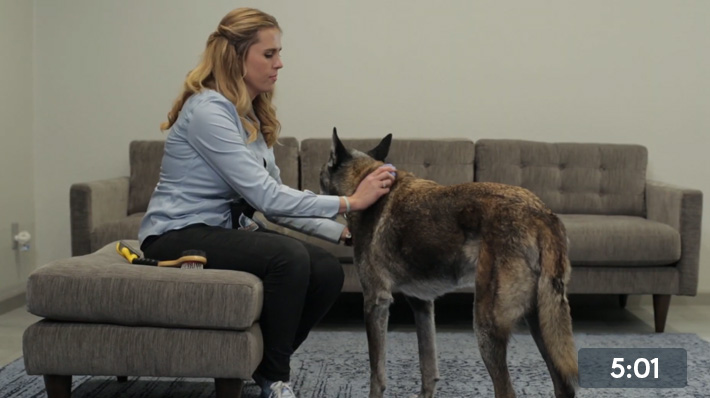
Mikkel Becker, CBCC-KA, KPA CTP, CDBC, CPDT-KA, CTC and Debbie Martin RVT, CPDT-KA, KPA CTP, VTS (Behavior) show how you can help make brushing your dog a pleasurable Fear Free experience with your dog.

Mikkel Becker, CBCC-KA, KPA CTP, CDBC, CPDT-KA, CTC and Debbie Martin RVT, CPDT-KA, KPA CTP, VTS (Behavior) show how you can help make brushing your dog a pleasurable Fear Free experience with your dog.
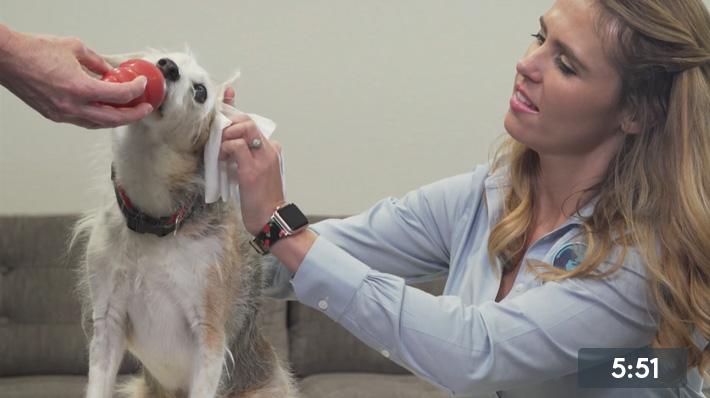
Just the idea of medicating your pet can send both of you running for the hills. Mikkel Becker, CBCC-KA, KPA CTP, CDBC, CPDT-KA, CTC and Debbie Martin RVT, CPDT-KA, KPA CTP, VTS (Behavior) explain how you can make this stressful task rewarding and Fear Free for both you and your pet.
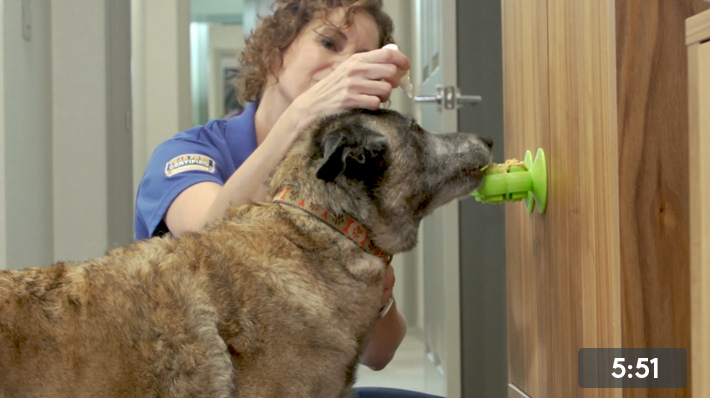
Mikkel Becker, CBCC-KA, KPA CTP, CDBC, CPDT-KA, CTC and Debbie Martin RVT, CPDT-KA, KPA CTP, VTS (Behavior) show how you can make needed eye treatments safe and Fear Free for your pet.
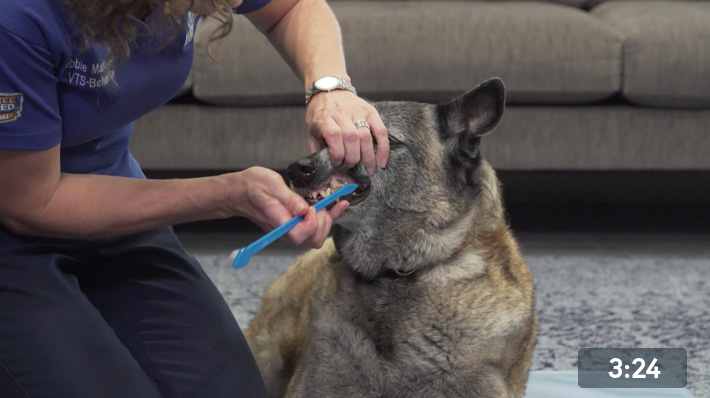
Mikkel Becker, CBCC-KA, KPA CTP, CDBC, CPDT-KA, CTC, and Debbie Martin RVT, CPDT-KA, KPA CTP, VTS (Behavior), explain how you can take the stressful task of brushing your pet’s teeth into something Fear Free for both of you.
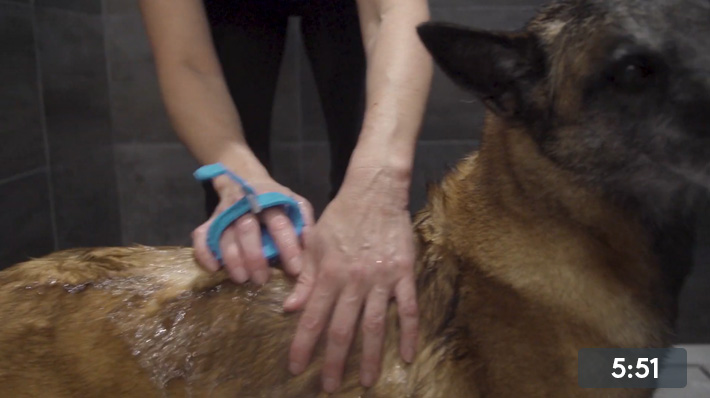
When just the word “bath” can set off your dog, you know something is wrong. Mikkel Becker, CBCC-KA, KPA CTP, CDBC, CPDT-KA, CTC and Debbie Martin RVT, CPDT-KA, KPA CTP, VTS (Behavior) show you how you can make bath time a rewarding and Fear Free experience for your pet.
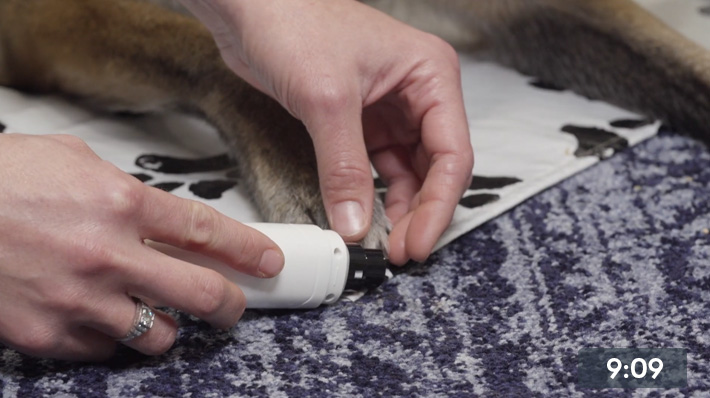
Mikkel Becker, CBCC-KA, KPA CTP, CDBC, CPDT-KA, CTC and Debbie Martin RVT, CPDT-KA, KPA CTP, VTS (Behavior) explain how Fear Free principles can be used to create a comfortable and safe nail trim experience for you and your pet.

Just the idea of medicating your pet can send both of you running for the hills. Mikkel Becker, CBCC-KA, KPA CTP, CDBC, CPDT-KA, CTC and Debbie Martin RVT, CPDT-KA, KPA CTP, VTS (Behavior) explain how you can make this stressful task rewarding and Fear Free for both you and your pet.
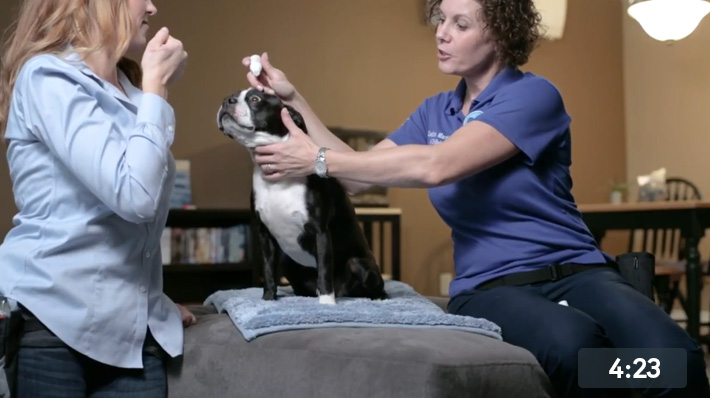
Creating a Fear Free Treat-Ment station can help you and your pet make needed procedures such as nail trims, injections, and grooming easier. Mikkel Becker, CBCC-KA, KPA CTP, CDBC, CPDT-KA, CTC, and Debbie Martin RVT, CPDT-KA, KPA CTP, VTS (Behavior), will show you how to put the “treat” in treatment!
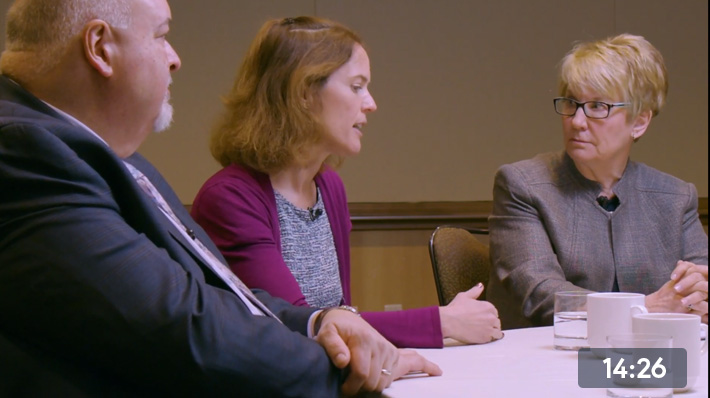
As the final piece of our pain management series, our experts each take a moment to let us know their most important pieces of information and expertise that they hope every veterinary professional can take to heart.
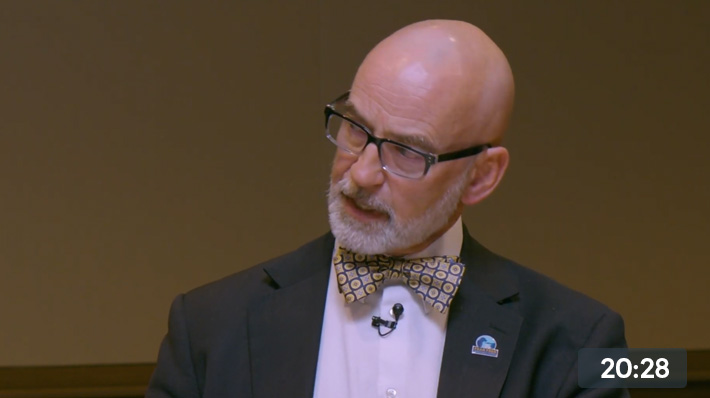
The management of patient pain can often fail when the onus is put onto the owner to properly medicate their pet. Our experts discuss best practices on managing pain at home with clients, particularly with feline patients who can often be difficult to manage. There is also a discussion of what acute pain does to the body of our patients.